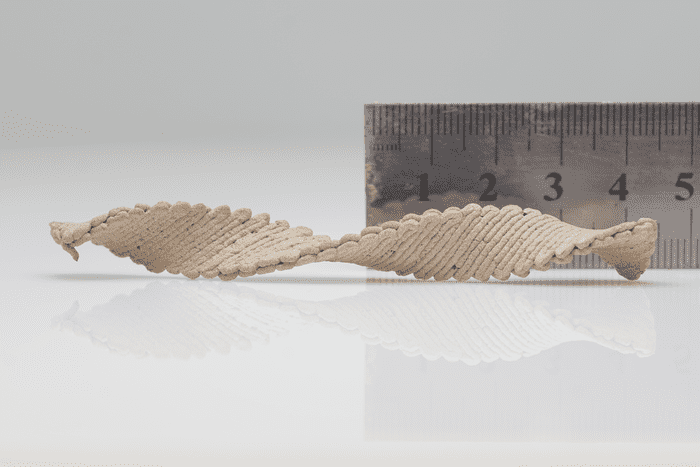
Wood is a very malleable but durable material, which humans have been using ever since someone first tied two branches together thousands of years ago. Even today when we know how to make concrete and complex composite materials, wood is still essential to the construction industry and as far as furniture goes, nothing really outclasses a maple or mahogany cabinet.
Everybody loves nice furniture. The only problem is that it’s also darn expensive. You need to source the wood, then saw, transport, carve, bend, press, and do all manners of processing to it. The cost can be offset by making the furniture easier to assemble by yourself, but then what ends up happening is you are awoken at night by strange nightmares of you endlessly wandering down IKEA isles.
But what if furniture self-assembled itself? It sounds like fantasy, but in the future, this may very well be possible if we imagine the possibilities of new research that programmed flat wooden shapes to self-morph into complex 3D shapes.
From flat to curvy
As often happens in science, the inspiration for this study came from nature. Wood, for instance, naturally changes shape as it dries and loses moisture, but due to variations in fiber orientation, this shrinkage doesn’t happen uniformly leading to warping.
“Warping can be an obstacle, but we thought we could try to understand this phenomenon and harness it into a desirable morphing,” says Doron Kam, a graduate student at the Hebrew University of Jerusalem and one of the authors of the new study.
Previously, researchers had been working with ‘smart’ artificial materials that can change their shape when prompted by a stimulus. This can be a change in temperature, acidity, or something as simple as adding a drop of water.
But while these artificial materials are typically made of gels and elastomers, the research team from Israel wanted to work strictly with natural materials.
“We wanted to go back to the origin of this concept, to nature, and do it with wood,” says Professor Eran Sharon from the Center for Nanoscience and Nanotechnology at the Hebrew University of Jerusalem.
Sharon and colleagues tried their hand a few years ago at 3D-printing wood. In lieu of the smooth melted polymer oozing out of your typical 3D printer, the team made a water-based ink that contains wood-waste microplastics mixed with cellulose nanocrystals and xyloglucan, which are natural binders extracted from plants.
But while they were trying out different configurations for this “wood ink”, researchers noticed that the pathway in which the material was laid down by the printer’s nozzle affected the final shape of the printed object as moisture started to evaporate. For instance, a flat disk printed as a series of concentric circles forms a saddle-like structure, sort of like a Pringles chip. A disk printed as a series of rays out of a central focal point will produce a dome-like structure.
Printing speed is another factor that can dramatically alter the final shape of the printed wood-like object since shrinkage occurs perpendicular along the fibers in the ink. Printing slower causes the fibers to orient themselves more randomly, so shrinkage occurs in all directions. Faster printing will align the fibers with one another so the final object has a clear orientation.
Simply by tweaking speed and pathway, the researchers could produce a number of predictable structures. Stacking two rectangular layers formed a helix when the material dried. They could even control whether the helix spiraled clockwise or counterclockwise.
Combining these different motifs, such as domes, helices, and saddles can result in complicated structures, such as chairs or tables. The ultimate goal is to have wood products shipped flat to consumers, which would dramatically reduce shipping volume and cost.
“Then, at the destination, the object could warp into the structure you want,” Kam says.









